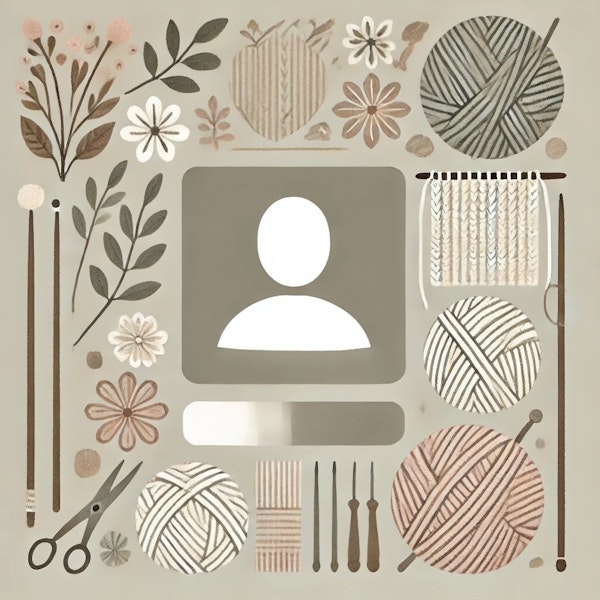
Using hand-cut stencils, textile artisans in Okinawa, Japan, have created incredibly detailed, resist-dyed fabrics since 1400.
For many people, denim blue jeans are an iconic part of American style. In reality, denim is as American as croissants.
The Iban weavers create cloth with beautiful designs that reflect the content of their dreams. Known as Pua Kumbu weaving, only positive dreams are woven and if a weaver has the same dream three times they are obligated to weave that dream.
In her A Job Made Easier Runner from the March/April 2019 issue of Handwoven, Nancy Dunlap explored the history of the table runner.
Overshot is the most American and most Canadian of weave structures.
Finding an appropriate floral draft was easy, but I soon realized that if I wanted to weave hops, I would need to figure out the pattern myself.
Deborah Heyman chose to explore in her gorgeous Playing in the (Bateman) Park Scarf for the March/April 2019 issue of Handwoven.
Weaving the original Ancient Rose overshot scarf was my way of reclaiming who I was as a person and a weaver.
For her Diamonds and Bars Twill Rug in the March/April 2019 issue of Handwoven, Patricia Crane took a saddle blanket designed and woven by Clotilde Barrett and turned it into a rug that can be enjoyed by anyone and everyone.
Hairshirts are garments made from rough animal hair (usually that of goats) worn as a top or under a shirt and against the skin so the coarse hair will rub and scratch the wearer.